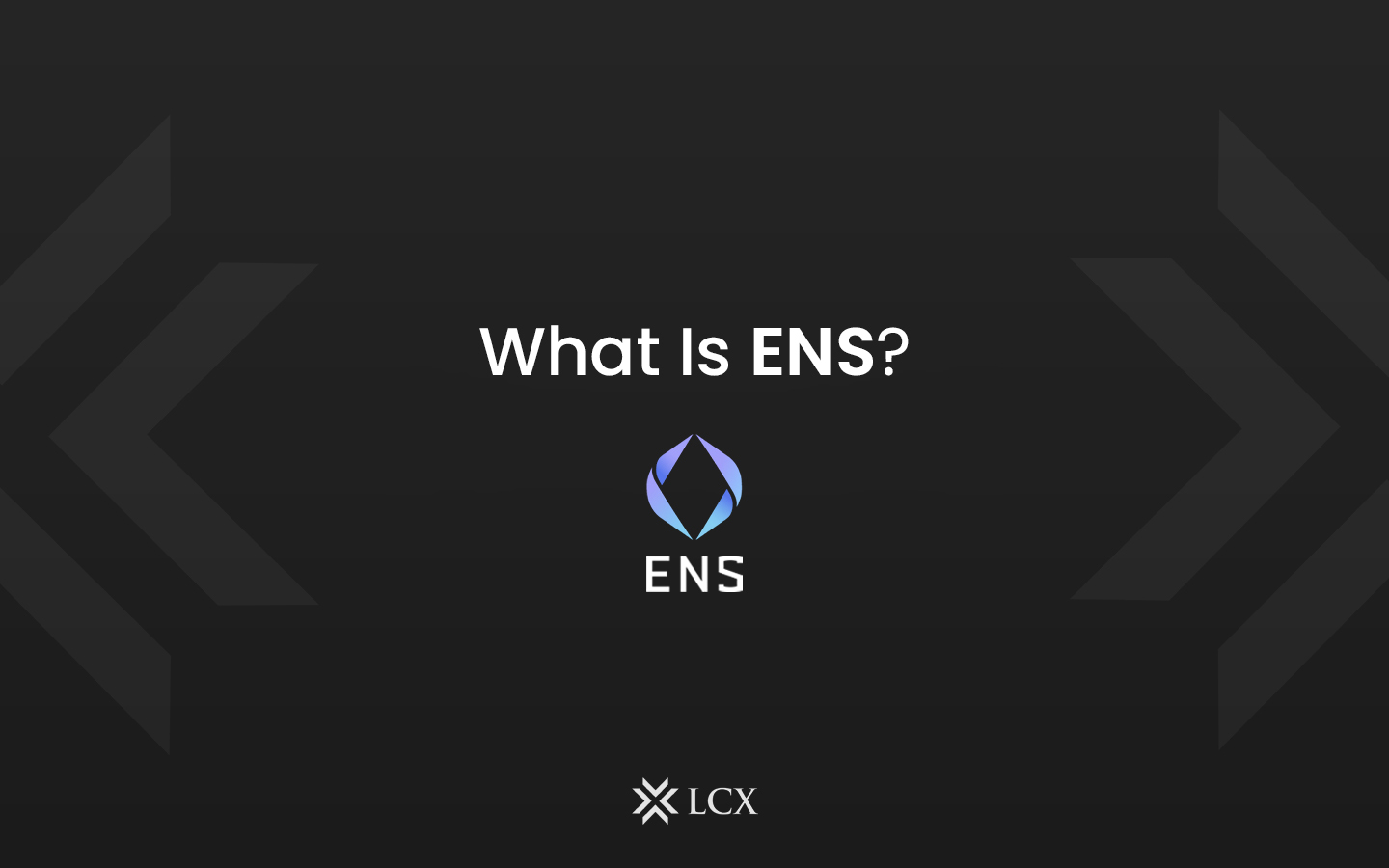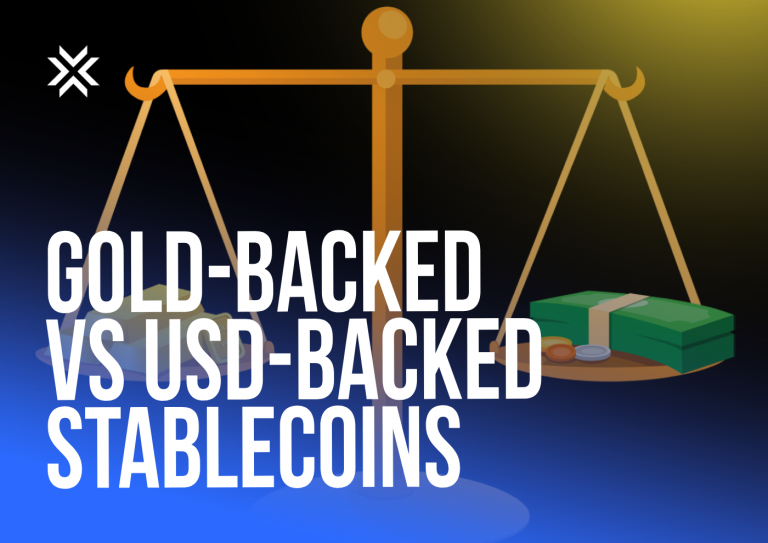Ethereum Name Service is a unique system built to offer shorter and extremely friendly names in position of long addresses. This is more identical to the Ethereum addresses or the Swarm hashes which are commonly used in the Ethereum ecosystem. Otherwise stated, ENS is a smart contract-based Ethereum-based decentralized application.
It permits you to enter a domain name for your wallet address, hence enabling the transfer of funds. This implies that an individual can transfer funds straight to a name in lieu of an address. ENS is constructed on Ethereum smart contracts, and they are fully decentralized. Thus, the ENS doesn’t endure from the same deficiency of security as the Domain Name System (DNS). You can easily register for a “.eth” domain name by participating in an auction procedure on the blockchain.
Before submitting a bid, users would have to wait for the name to become available. The name and the auctioned ETH will be sealed in a smart contract for the user with the highest bid. For one year, the name will be sealed in the smart contract. The user will be allowed to add new data, create sub-domains, loan, lease, or sell it during this time.
It’s worth noting that these ENS names are either leased or sold to the highest bidder to anybody or anything. While claiming a name necessitates the locking or burning of cash, it was designed to prevent spamming. This will assure that only those who intend to utilize the names claim them. Every ether invested on the procedure will either be burned or mined, or it will be returned to the bidder after a period of time.
How does ENS Work?
The ENS registry is the initial smart contract on ENS that records every domain registered on the network and holds three key pieces of information regarding each domain: the domain owner, the domain resolver, and the caching time for all entries under the domain. The resolver is the second smart contract, which converts domain names to machine-readable addresses and likewise. This next smart contract connects each domain to the user, website, or address associated with it.
Those interested in creating a Web3 login should go to the ENS app and look for an accessible domain name. Once you’ve found one, all you have to do now is complete the registration procedure, which entails verifying 2 transactions from your wallet and paying a yearly fee of $5 for names with more than five characters. Once you have the domain, you may connect it to your crypto wallets, websites, and numerous subdomains, such as email.rick.eth and website.rick.eth, all of which will be under the same ENS domain.
Due to the limited number of ENS domains available, crypto locals are scrambling to protect their nicknames, much like they did in the early days of DNS names. Some are even experimenting in ENS domain flipping, which can be a lucrative side job taking into account that exchange.eth was sold for 6,660 ETH, or US$609,000, at the time of the auction, whereas weather.eth was sold for 300 ETH, or US$27,000.
ENS not only supports.eth, but also the most common DNS names such as.com,.org,.io,.app, and others.
The ENS DAO has sparked a lot of interest in the protocol because it airdropped 25% of the entire token supply when it launched on November 9, 2021. The ENS token swiftly gained appeal among investors, and its market value surpassed $1 billion on November 10 – just one day after the ENS DAO was launched.
The company wants to integrate the entire DNS namespace, allowing owners of any internet domain to claim it on ENS. This would establish ENS as a DNS-like extension, allowing for cross-platform Web 3.0 usernames to be created, which will be a key component of the decentralized identity. It is becoming a critical component of the future crypto space since it makes the blockchain and crypto world even more accessible to newcomers.









